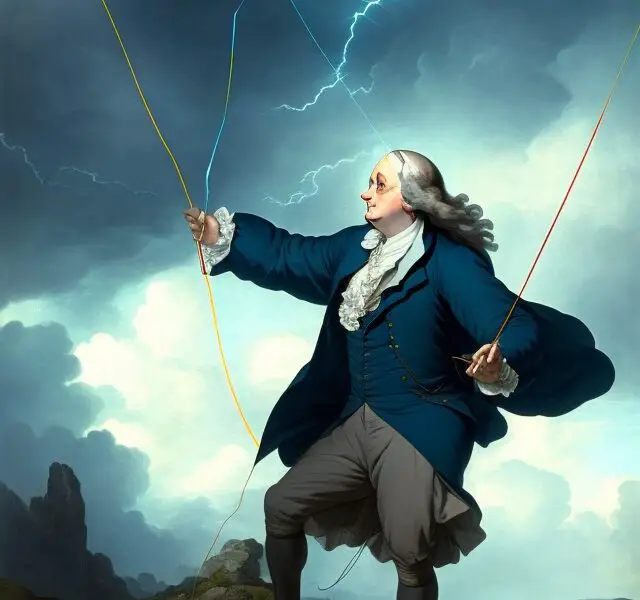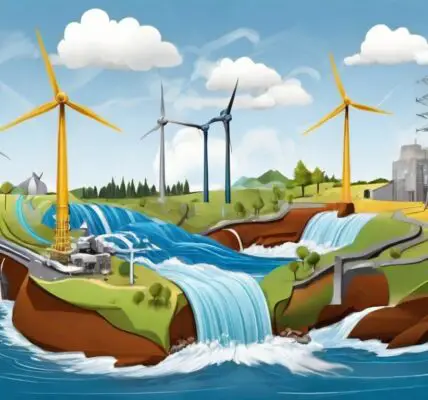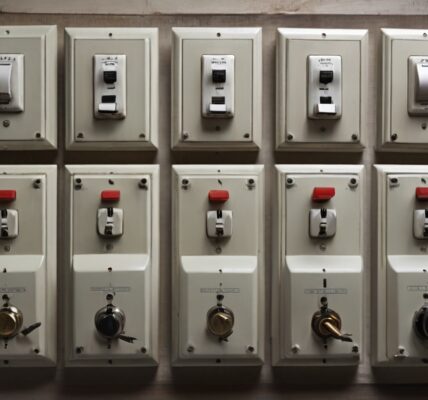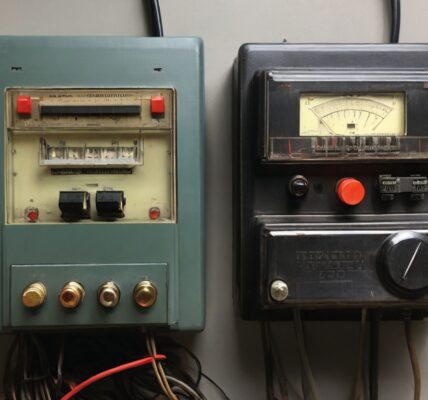The history of electricity spans several centuries, and its development has been a result of the work of numerous scientists, inventors, and engineers. Here’s a brief overview of the key milestones in the history of electricity:
- Ancient Discoveries (Thales, 600 BC): The ancient Greeks discovered static electricity by rubbing amber (a fossilized tree resin) with fur. Thales of Miletus, a Greek philosopher, described this phenomenon around 600 BC.
- Electrical Experiments (17th and 18th centuries): Scientists such as William Gilbert, Otto von Guericke, and Benjamin Franklin conducted experiments and made important discoveries related to electricity during this period. Gilbert coined the term “electricity” and performed experiments with various materials. Guericke invented the first electrical generator, and Franklin’s famous kite experiment demonstrated the connection between lightning and electricity.
- Invention of the Battery (Alessandro Volta, 1800): Italian physicist Alessandro Volta invented the first true battery, known as the Voltaic pile, which consisted of alternating layers of zinc and copper discs separated by cardboard soaked in saltwater. This invention provided a continuous source of electric current.
- Development of Electric Generators (Michael Faraday, 1831): British scientist Michael Faraday discovered electromagnetic induction, demonstrating that a changing magnetic field could induce an electric current in a wire. This discovery laid the foundation for the development of electric generators.
- Invention of the Light Bulb (Thomas Edison, 1879): American inventor Thomas Edison is credited with inventing the practical incandescent light bulb. Edison’s team experimented with various materials and designs until they developed a practical, long-lasting light bulb using a carbonized bamboo filament.
- Advancements in Power Transmission (Nikola Tesla, late 19th century): Serbian-American inventor Nikola Tesla made significant contributions to the development of alternating current (AC) power transmission. Tesla’s inventions, including the induction motor and transformer, revolutionized the generation and distribution of electricity.
- Growth of Power Grids and Electrification (Late 19th to early 20th centuries): The late 19th century saw the rapid growth of power grids and the electrification of cities. Power plants were built, and electric lighting became widespread, replacing gas lamps and oil lamps.
- Development of Electronics (20th century): The 20th century witnessed the rapid development of electronics, including the invention of the vacuum tube, transistor, and integrated circuit (microchip). These advancements paved the way for the digital age and the widespread use of electronic devices.
- Renewable Energy and Sustainability (Late 20th century onwards): Concerns about environmental impact and sustainability led to increased research and development of renewable energy sources such as solar power, wind power, and hydropower. These technologies continue to evolve and play an important role in the modern energy landscape.
Today, electricity is an integral part of our daily lives, powering homes, industries, transportation, and communication systems. Ongoing advancements focus on increasing efficiency, promoting renewable energy sources, and developing smart grid technologies for a more sustainable and interconnected electric power system.




